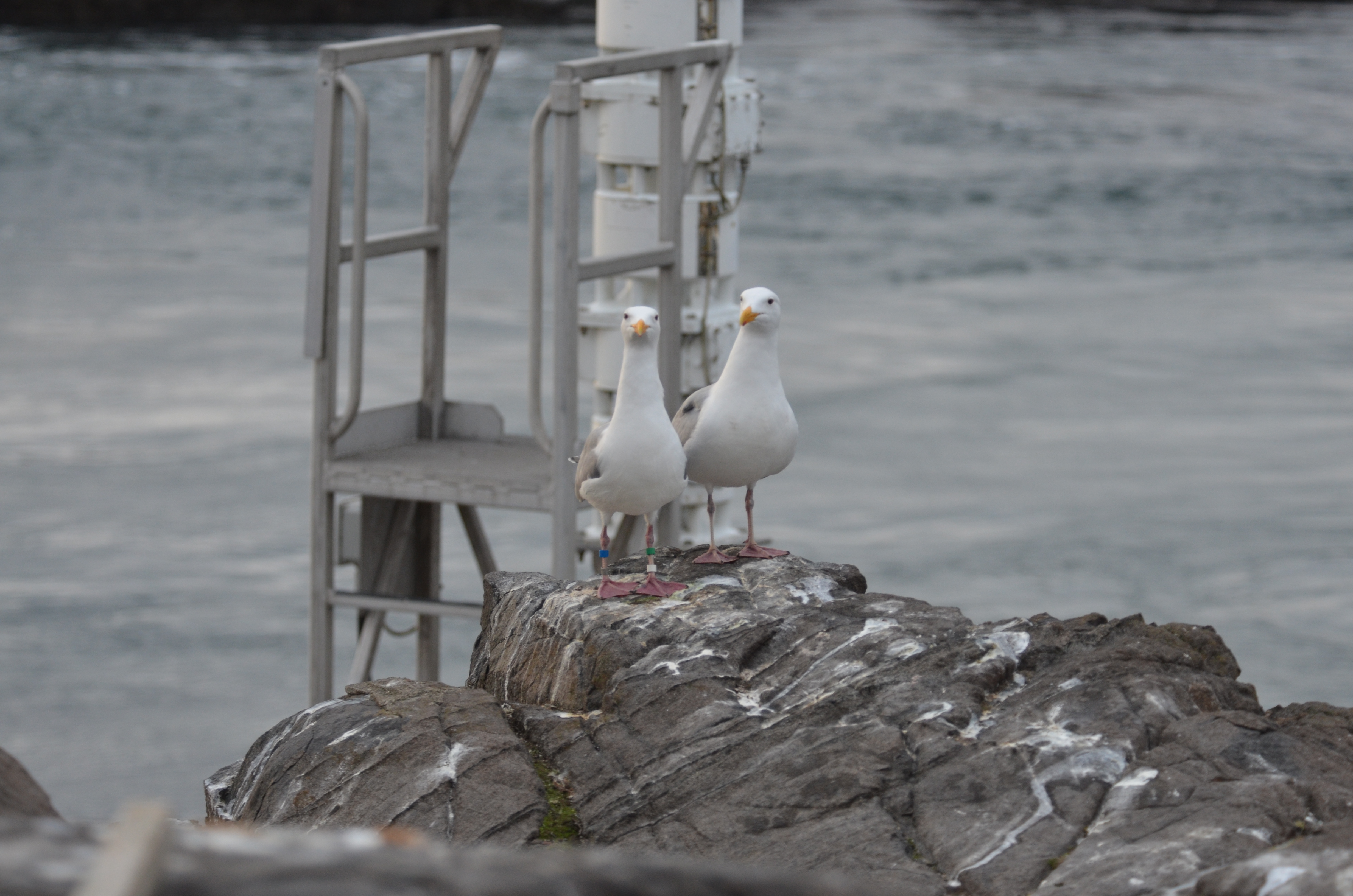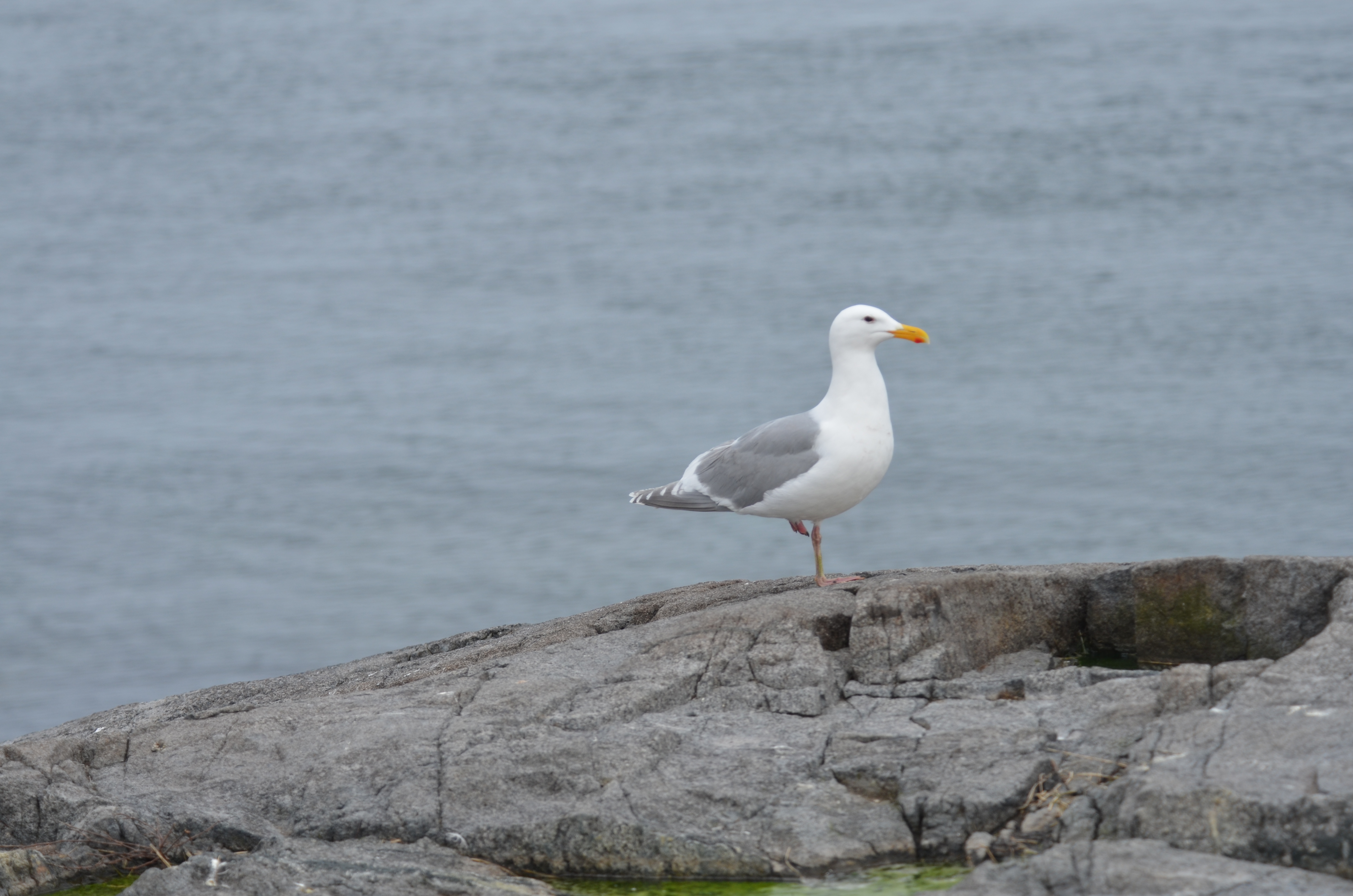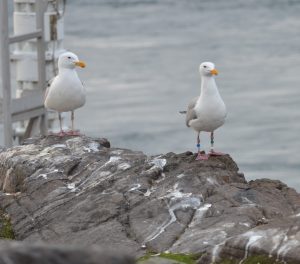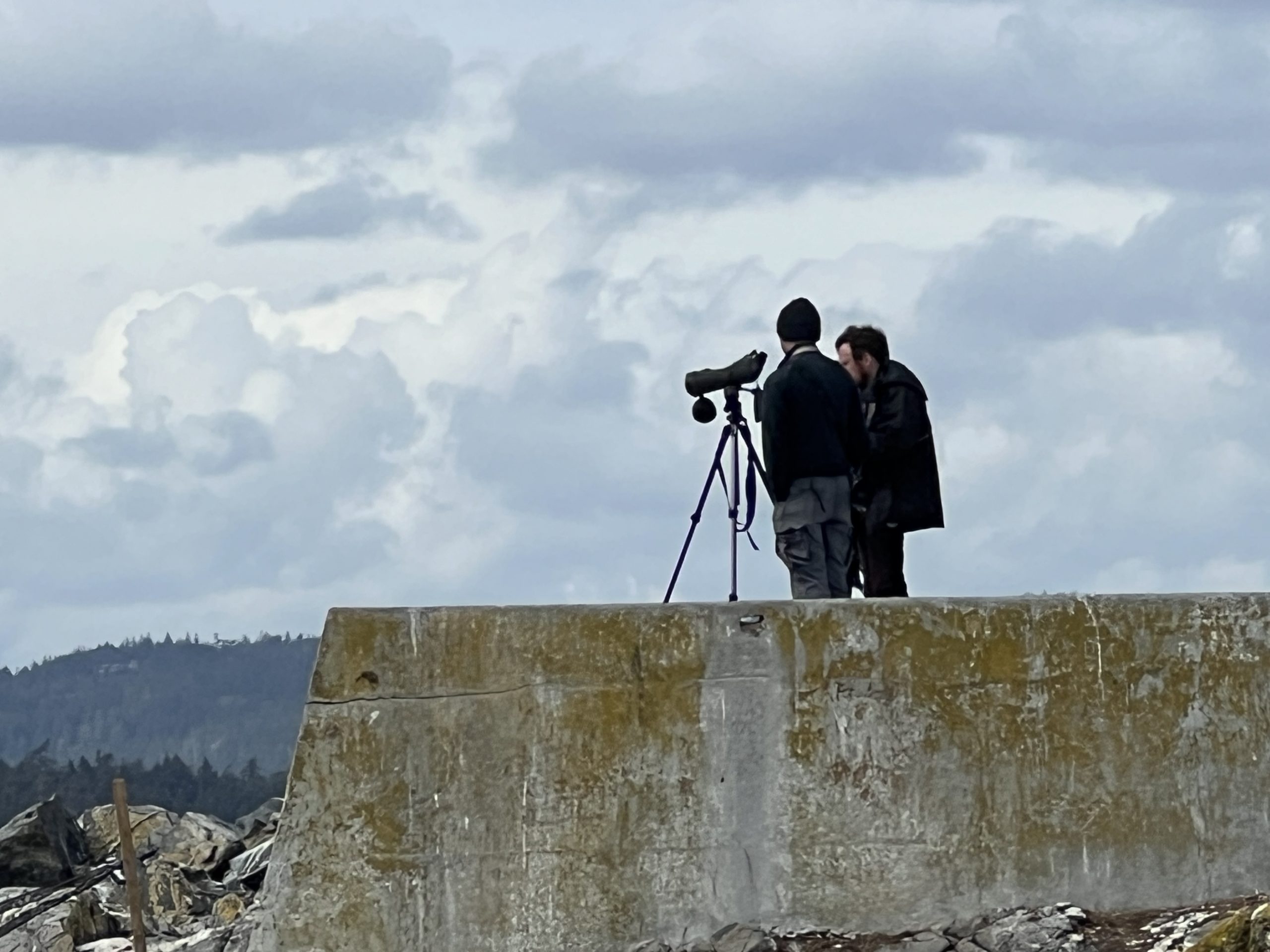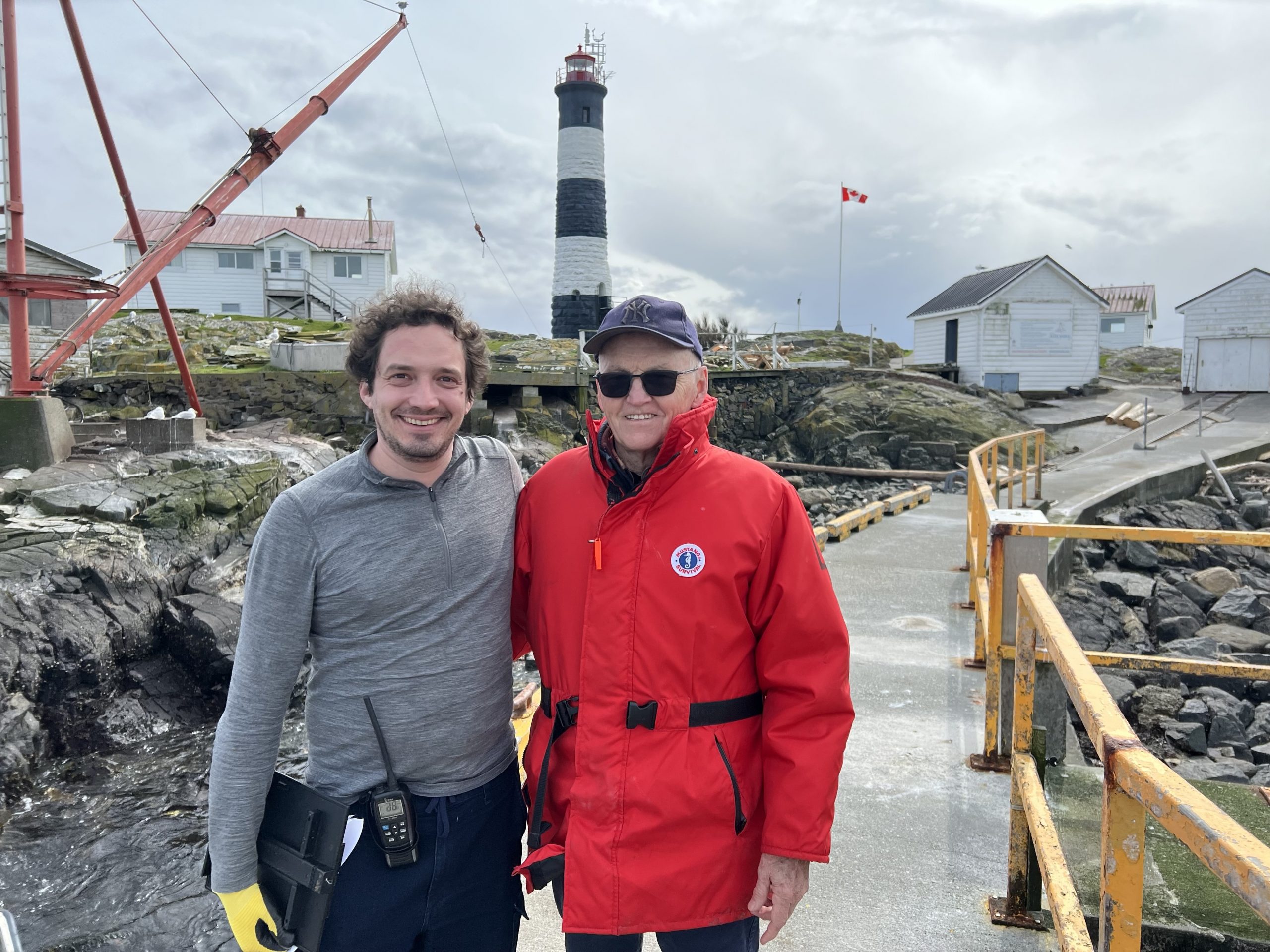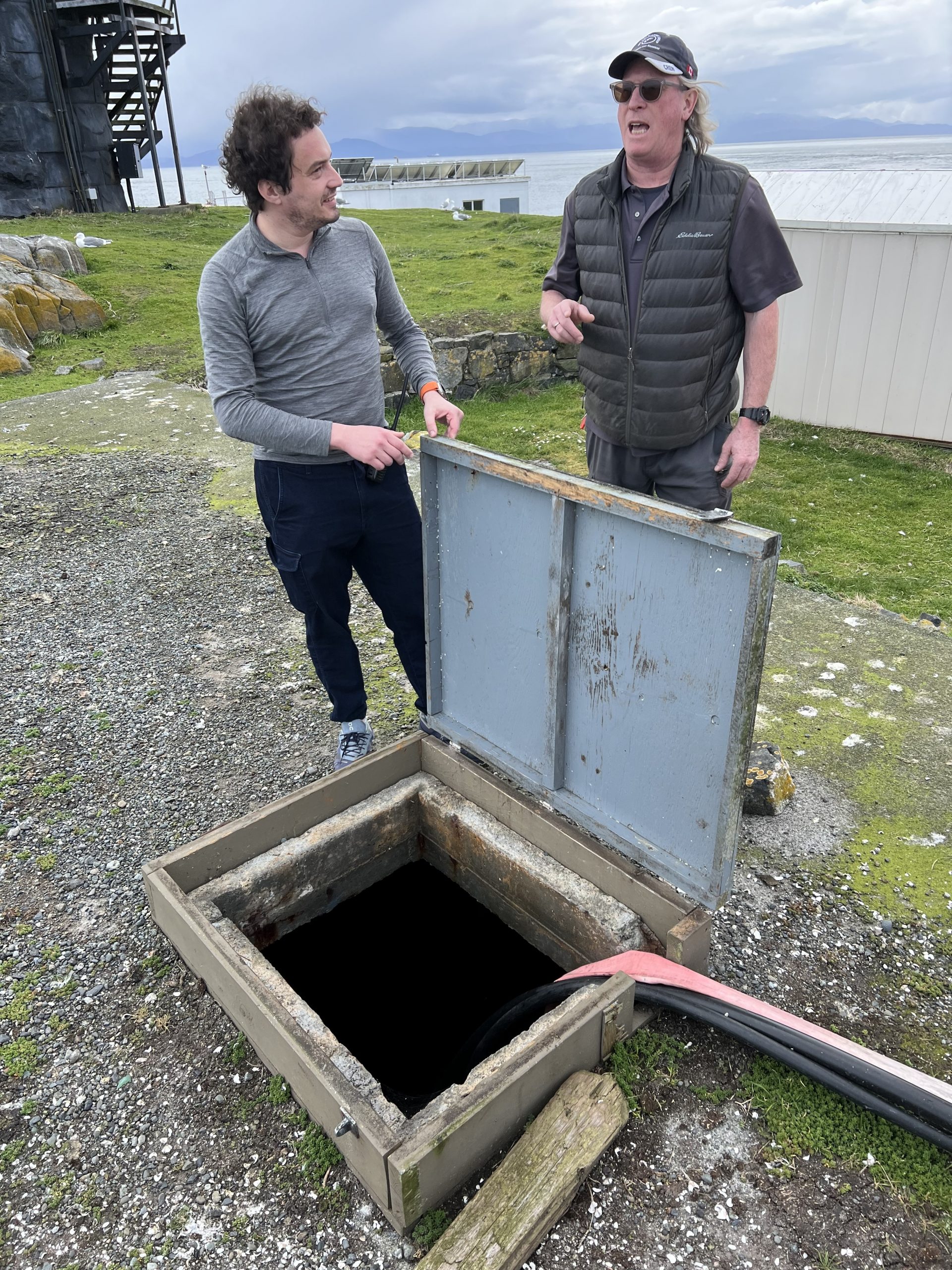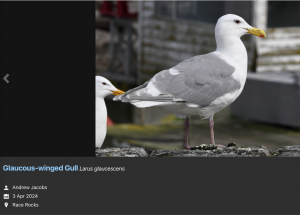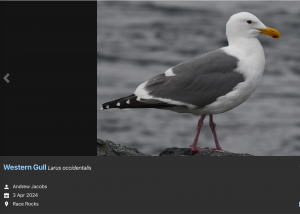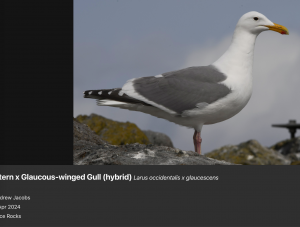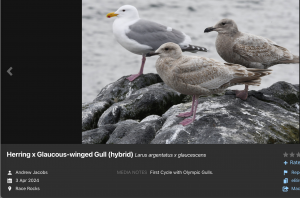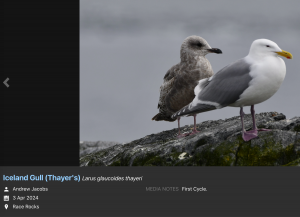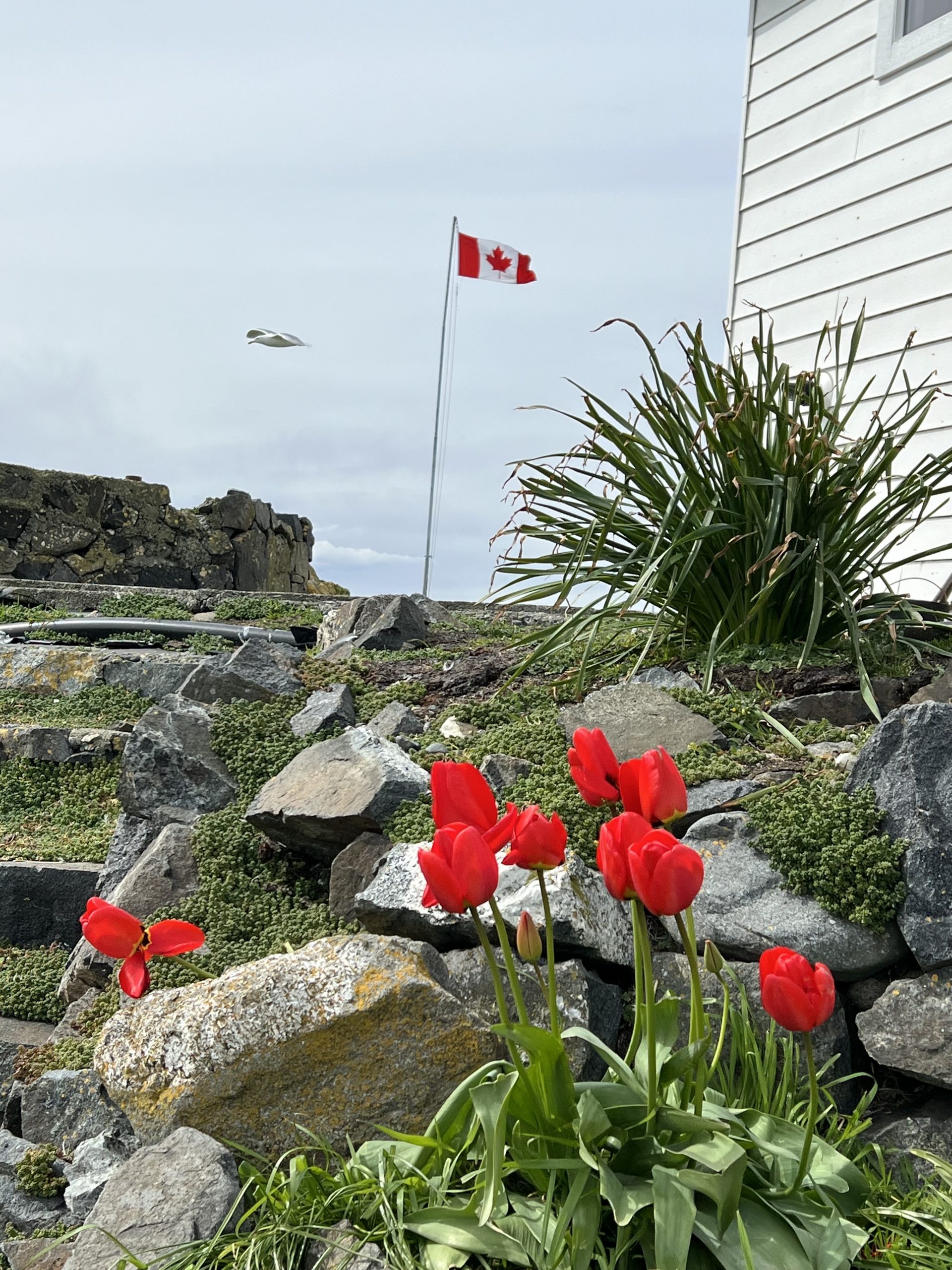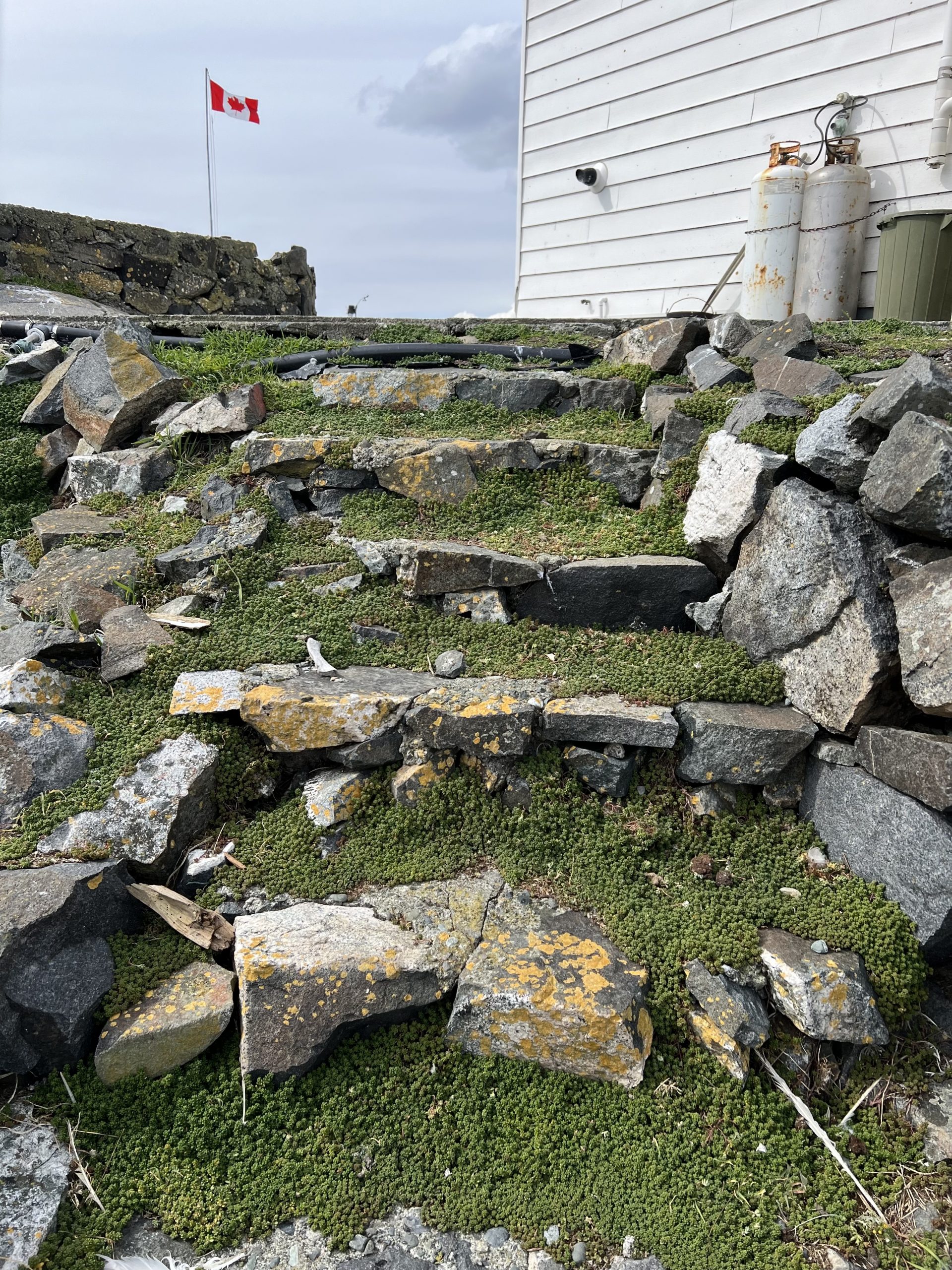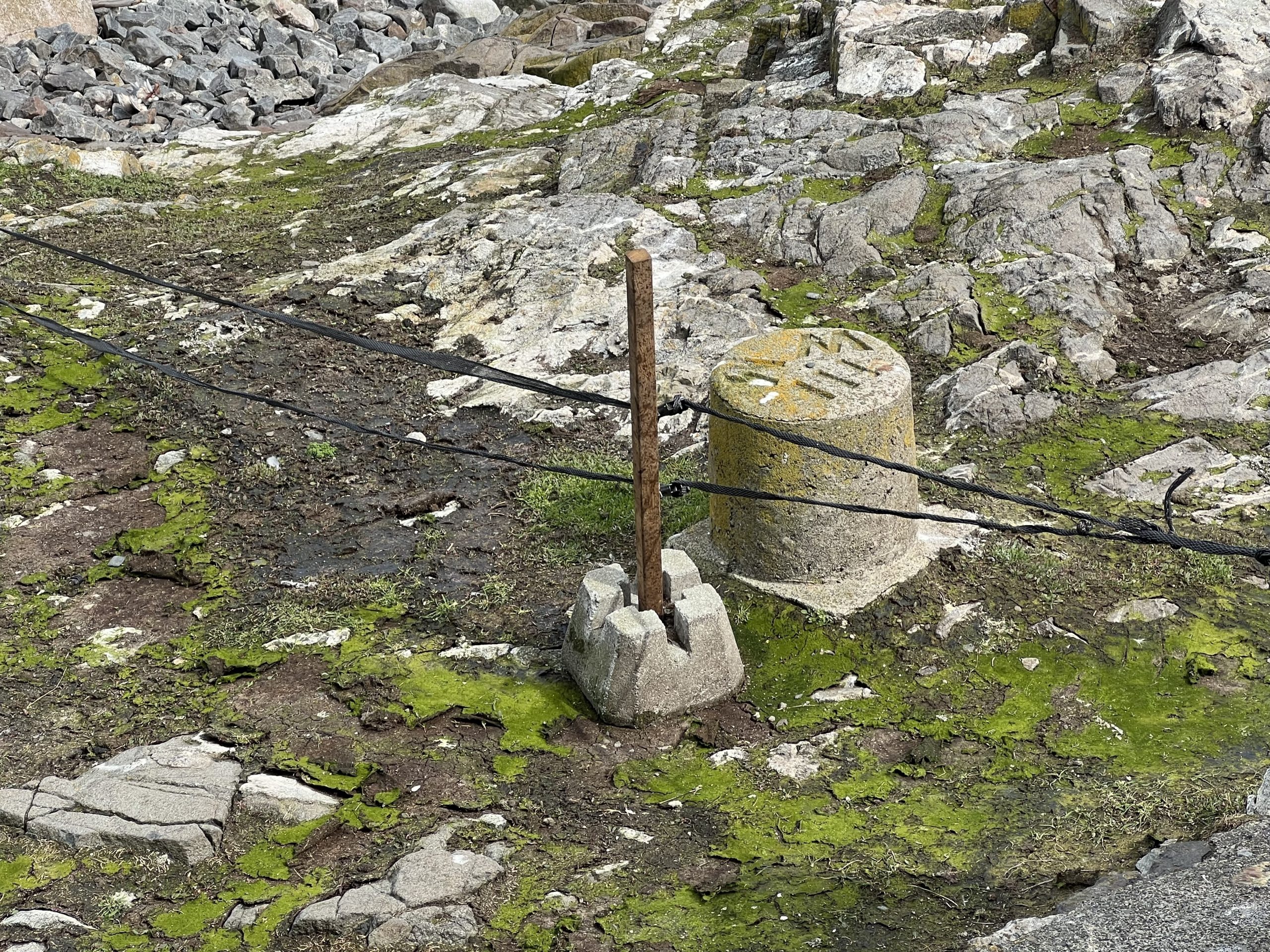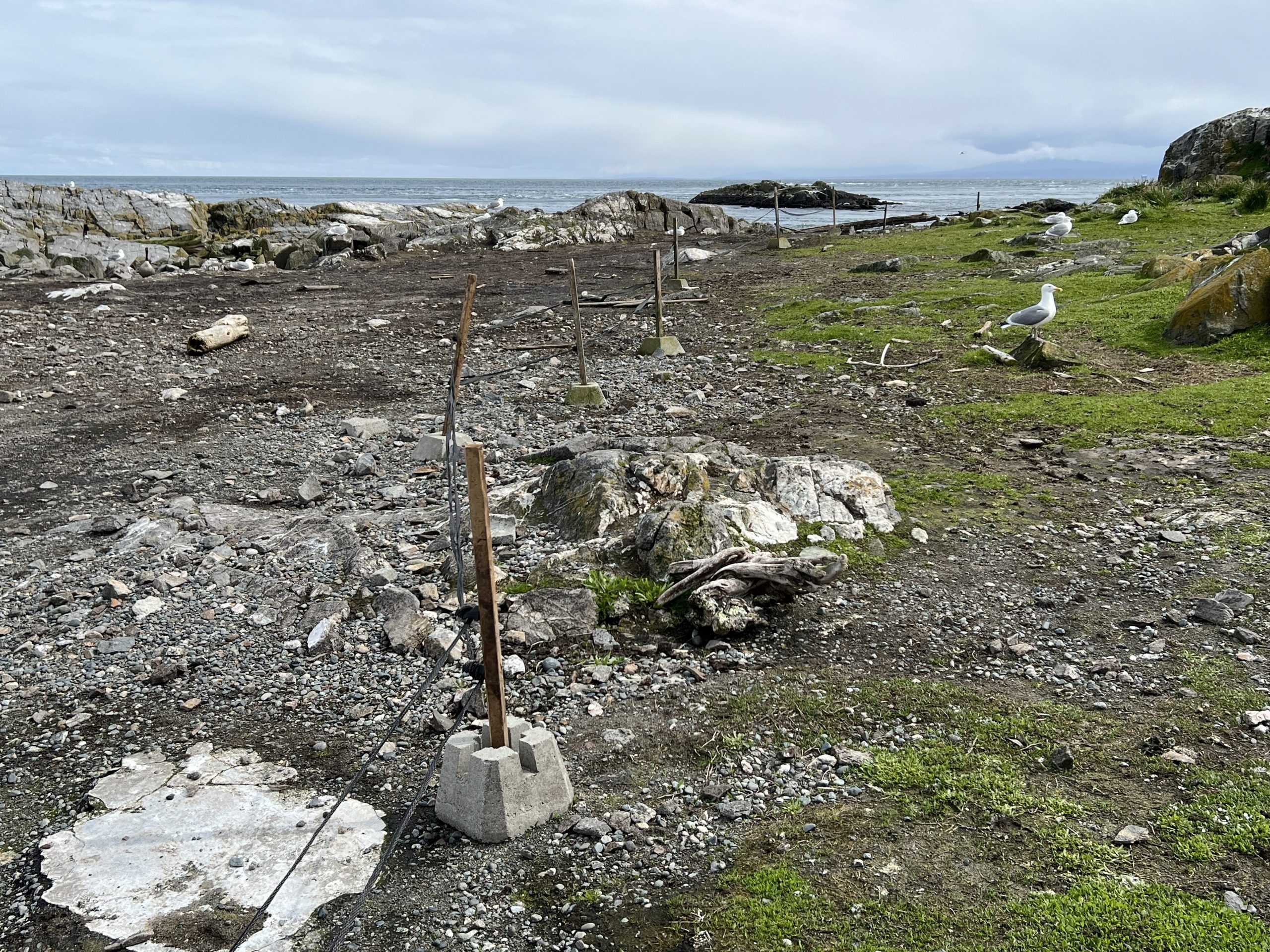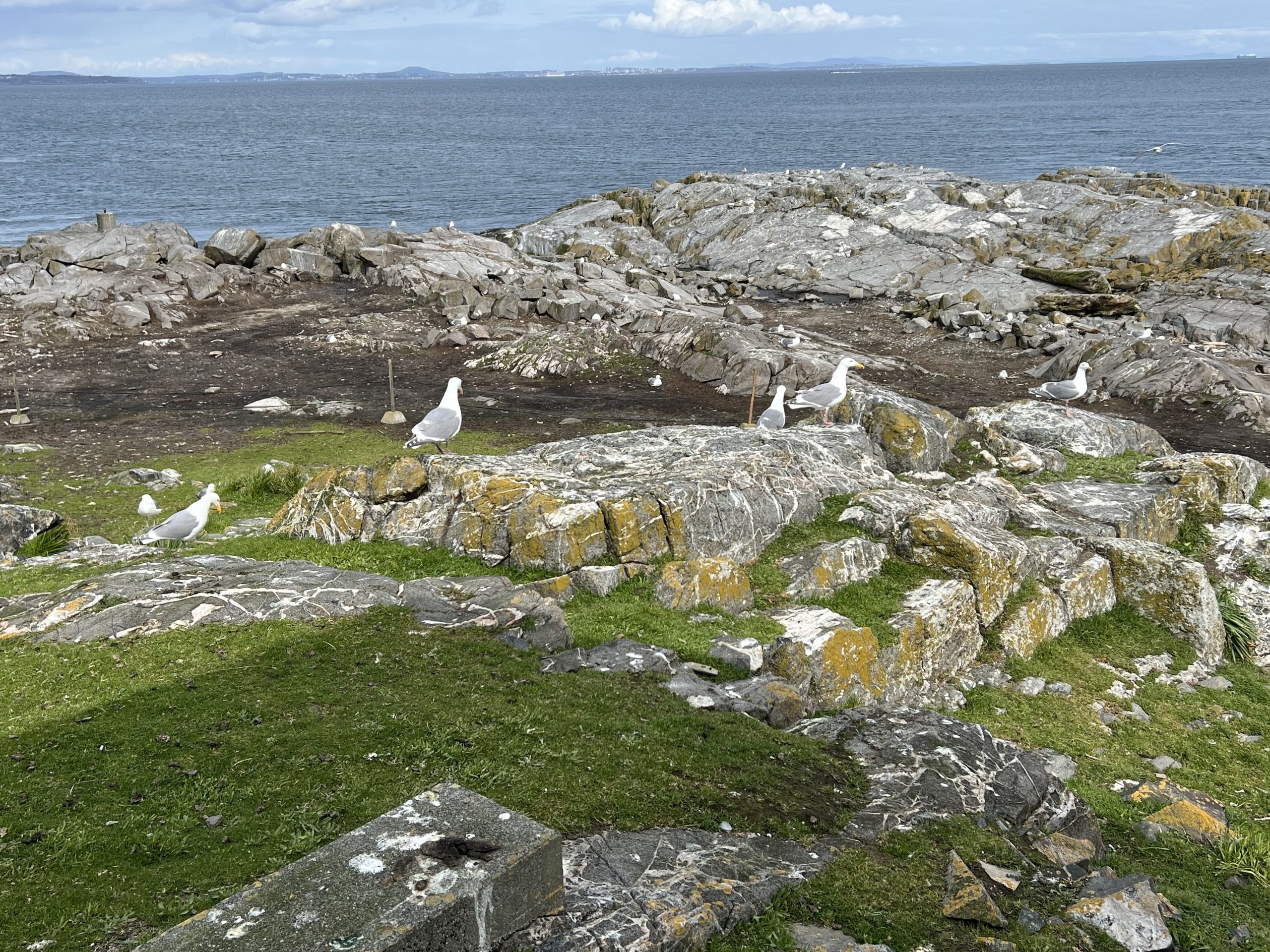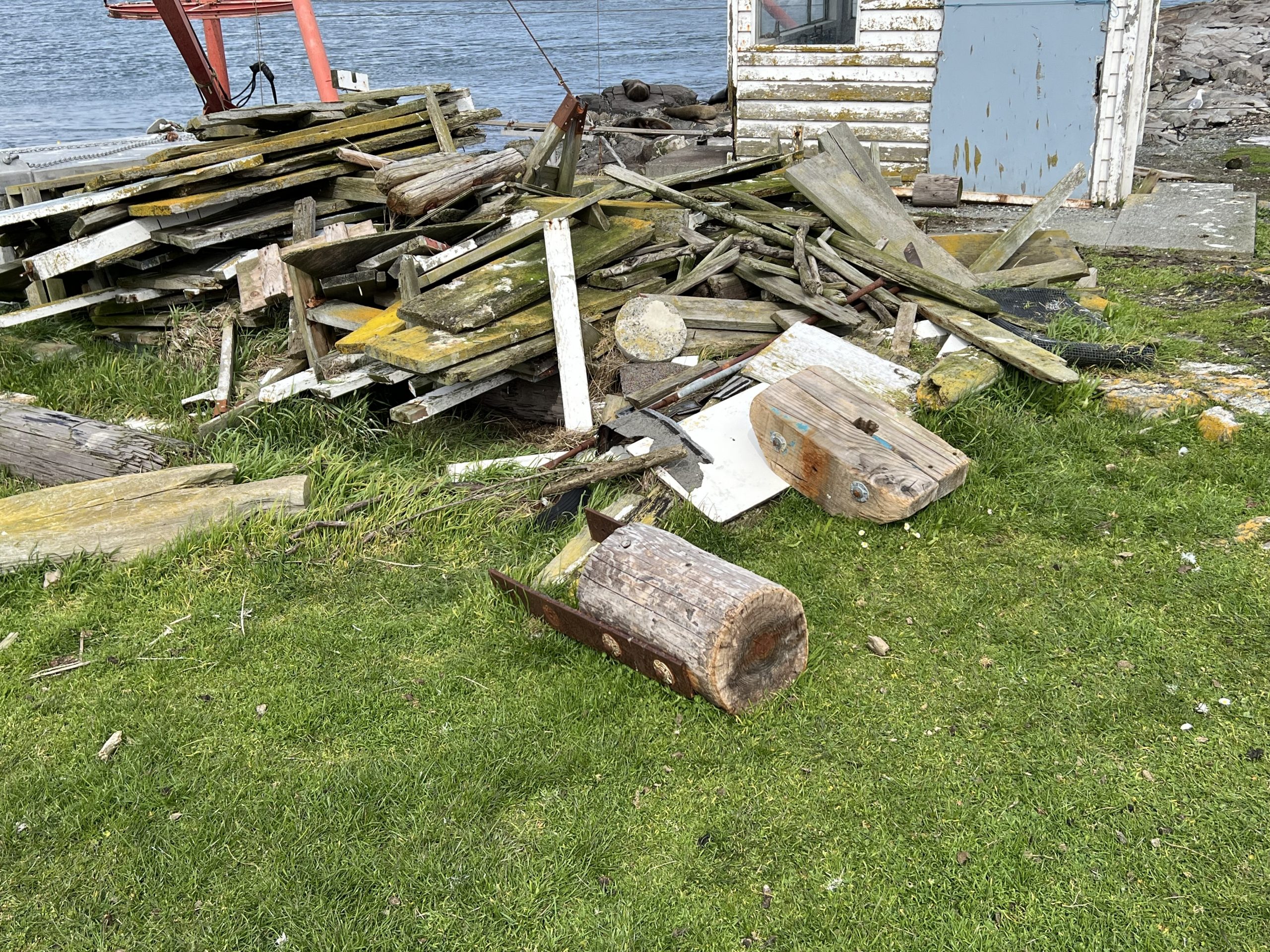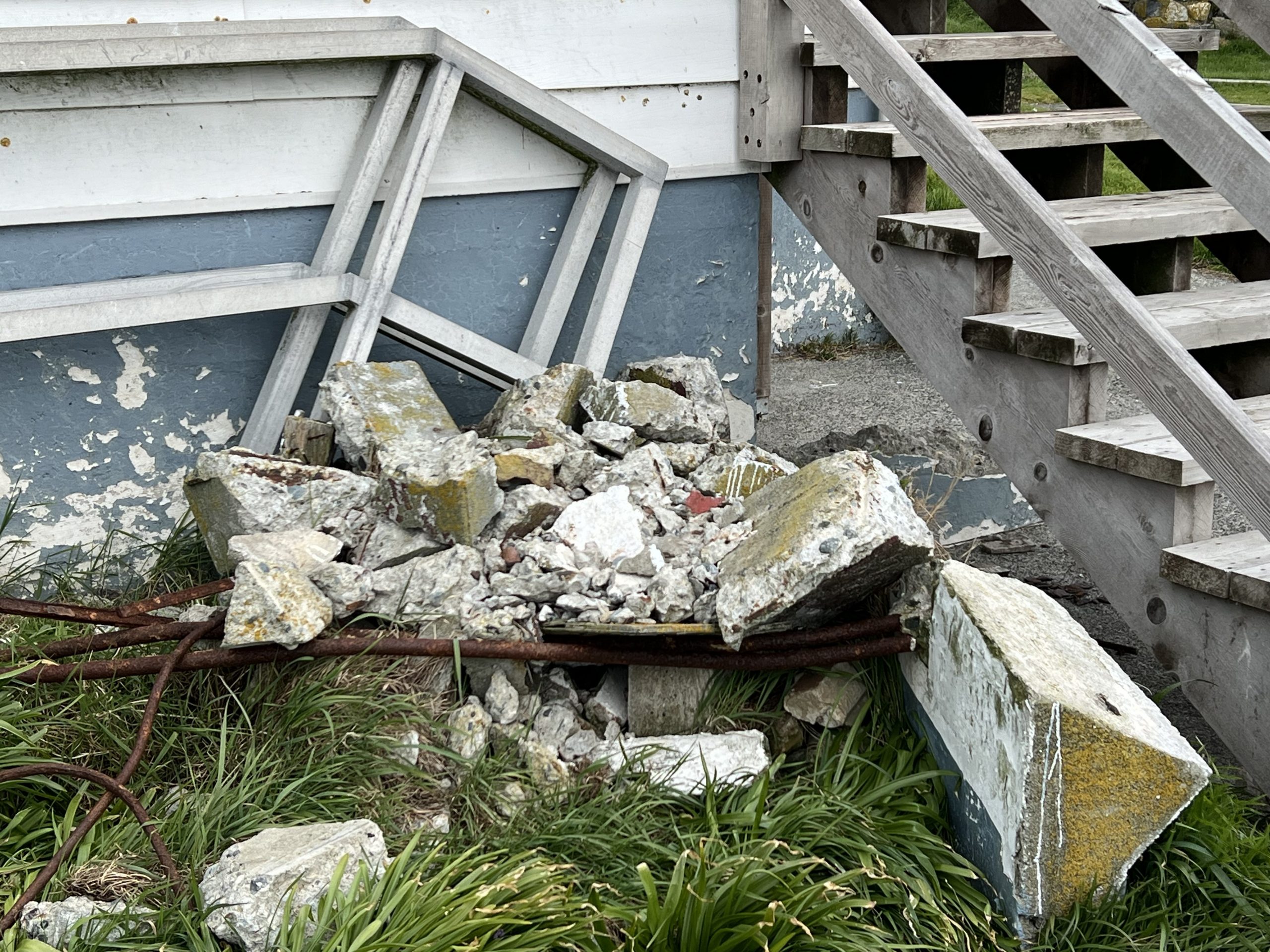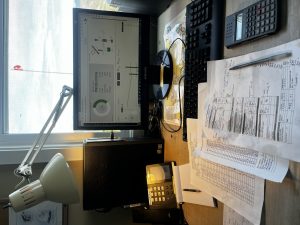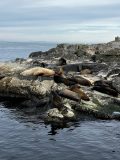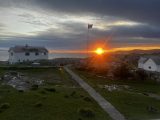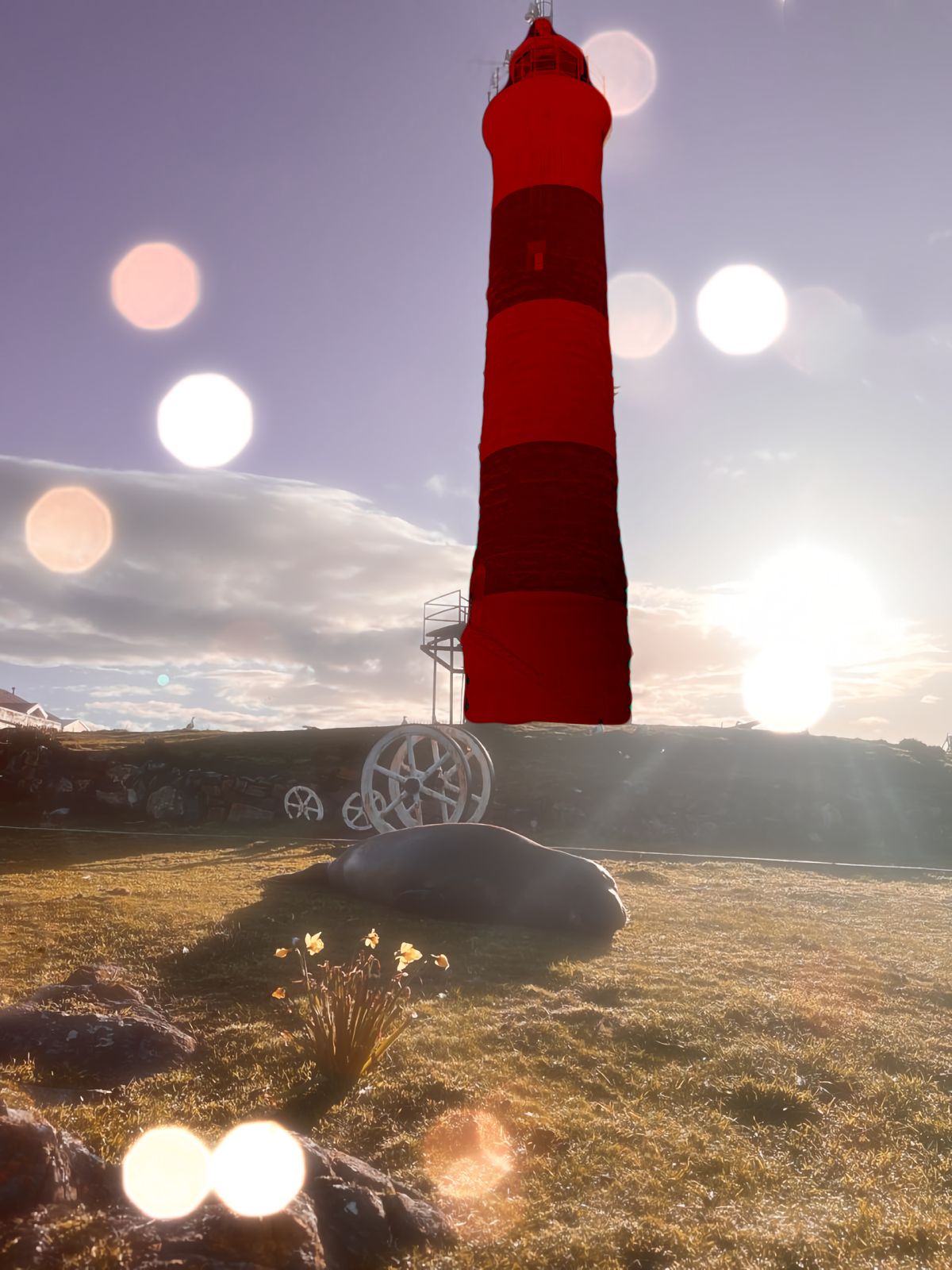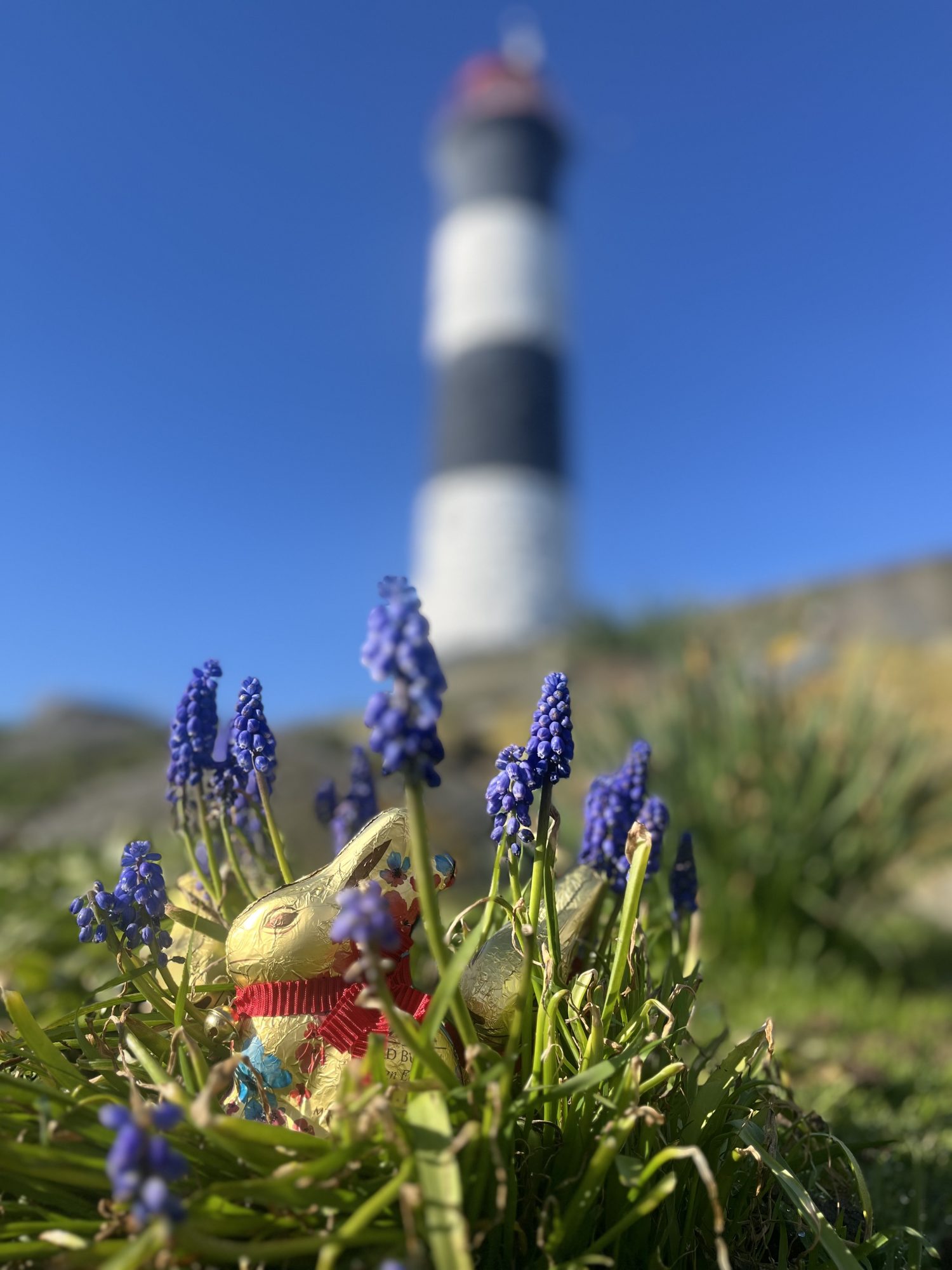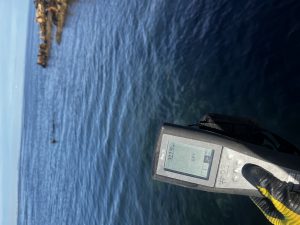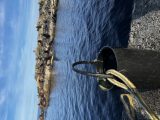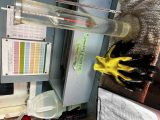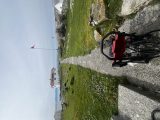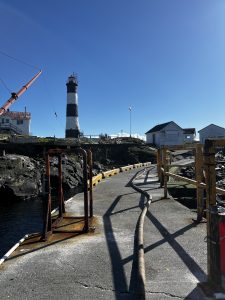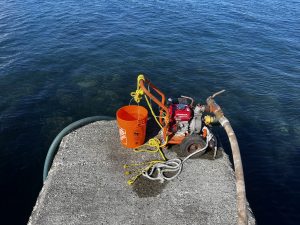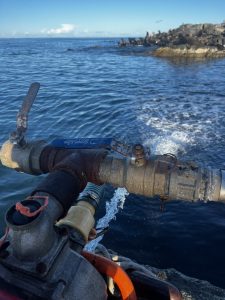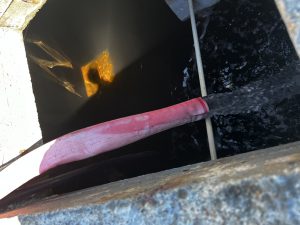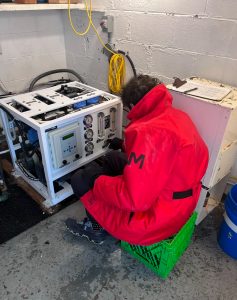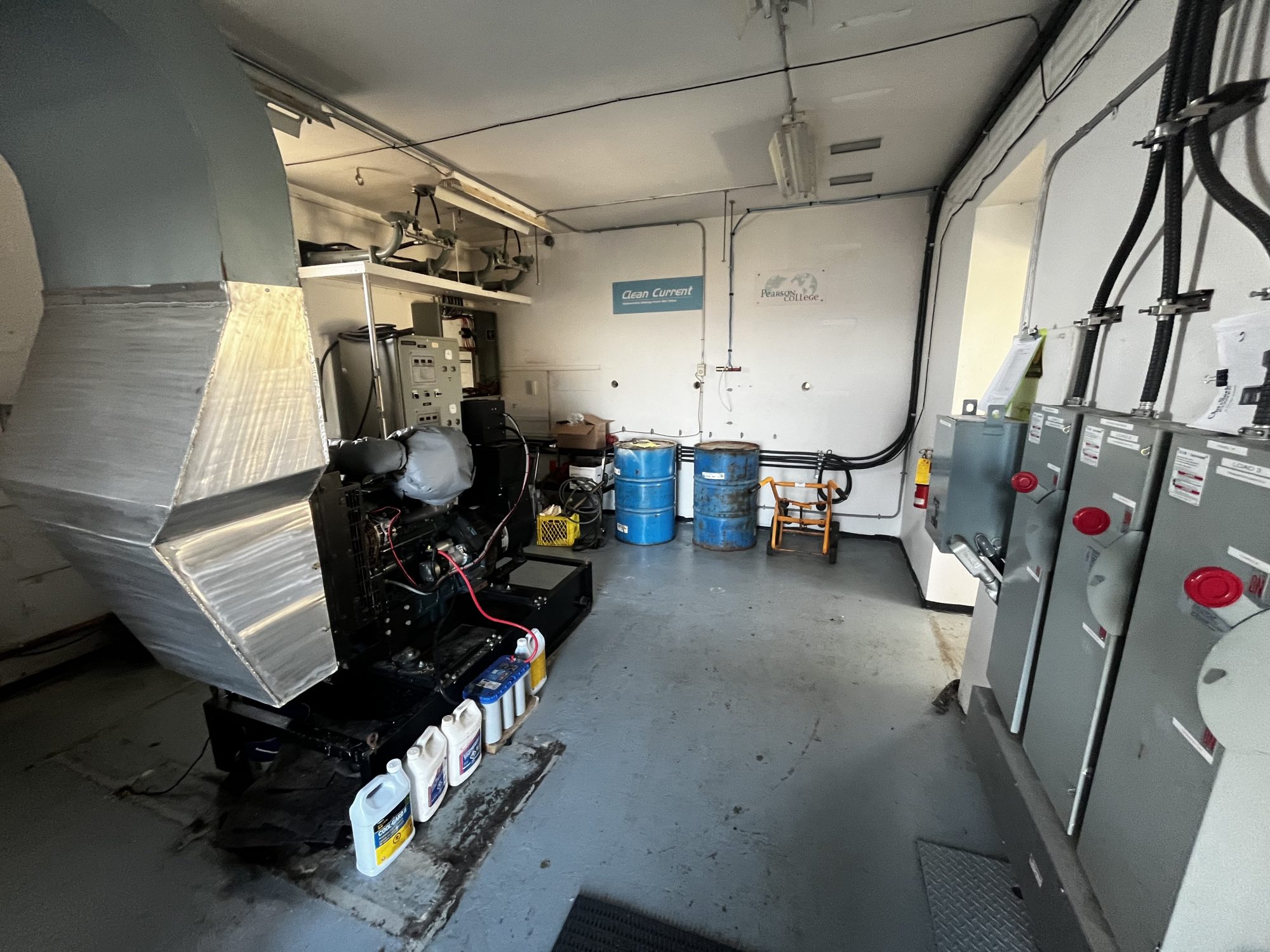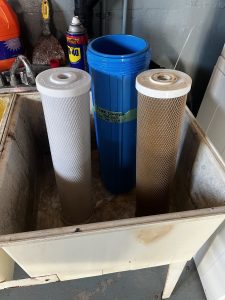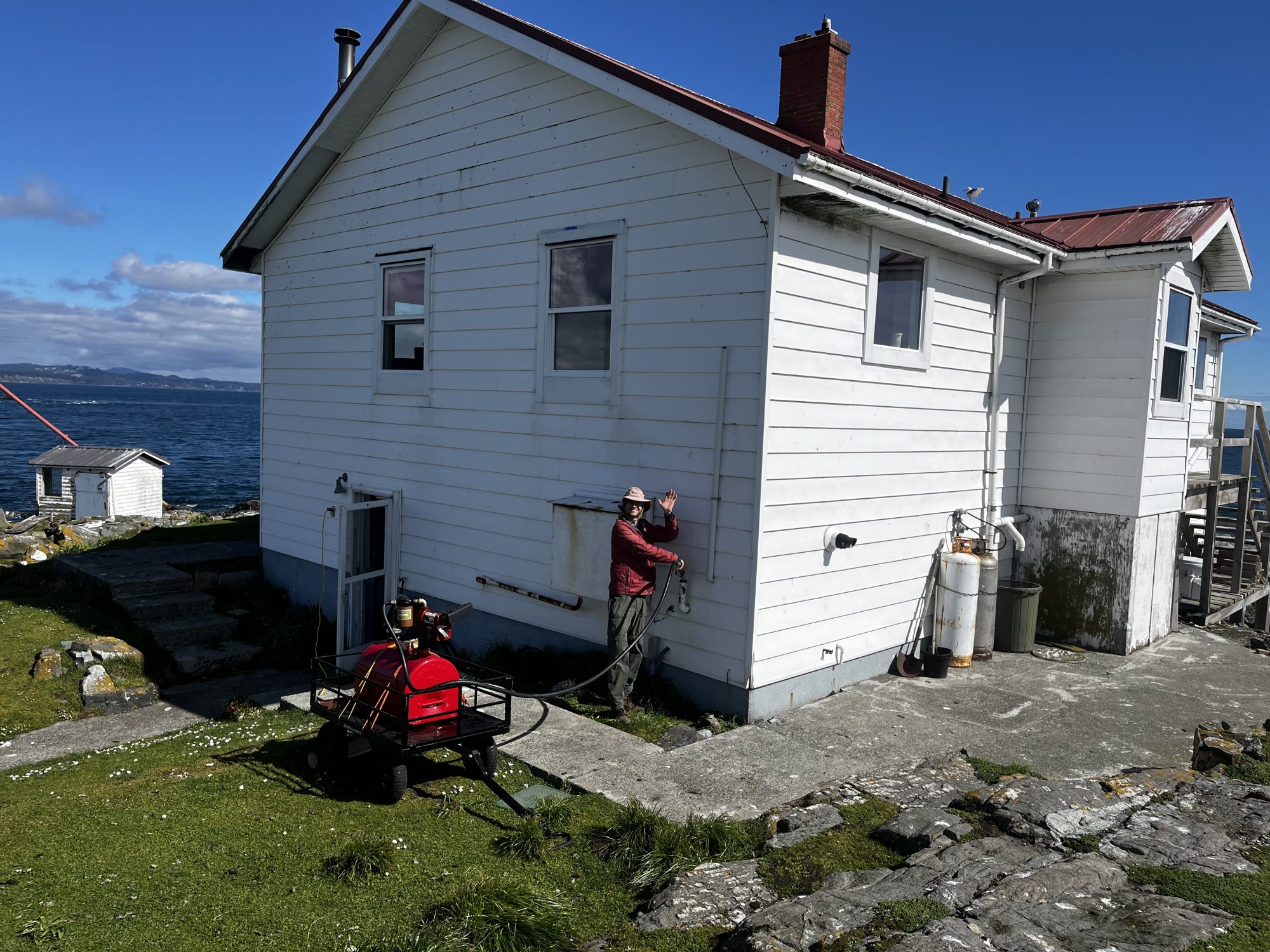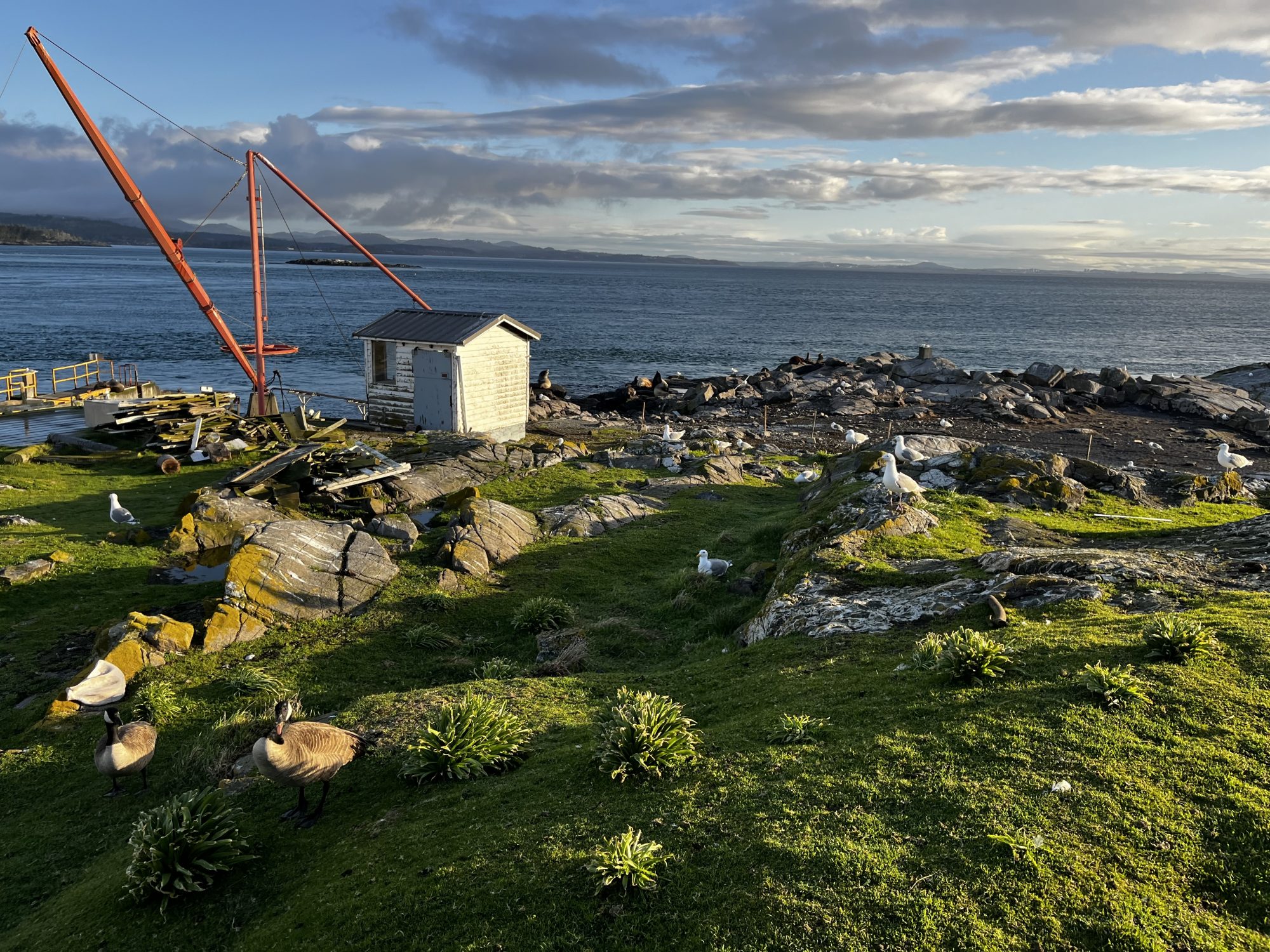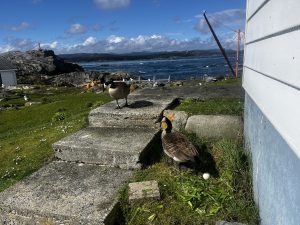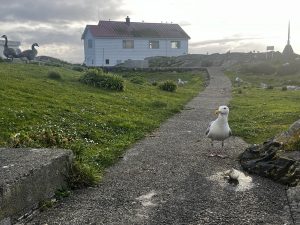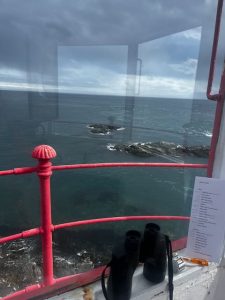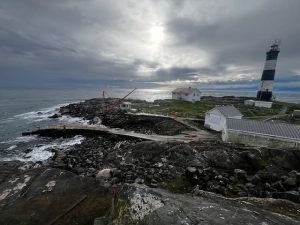Friday April 5
Arrived at Race Rocks to take the baton from Jeremais. I was here just short of a year ago but this is my 4th or 5th time arriving in April. The house looks remarkable with new windows and new paint. The pathways are all clean and Jeremias has done work everywhere I look. I am thankful for all his endeavours. I come to the island recovering from a back problem and although I know I can do the necessary work it is the first time I will not be able to chop wood, move the concrete posts around and generally I need to sit around more than usual. Lots of time for observations!
As soon as the boat pulled away I went to look for a tagged gull I have documented in 2023 and 2022. And it was there! Same spot. This gives me a moment of reflection, last year I wrote about it too, how most of these animals are likely the same ones which return each year. It also makes me relieved because this bird has survived with 4 tags on its legs. Although we know how light they are I still require reassurance that they do not harm the bird (The birds are tagged elsewhere, at Race Rocks we do not having a tagging program). Here is another bird returned from last year I am even more surprised to see. With this one legged bird there is less certainty that it is the same individual but a remarkable coincidence if not, same month and same spot. If you search my previous blog entries you will find their pictures. 